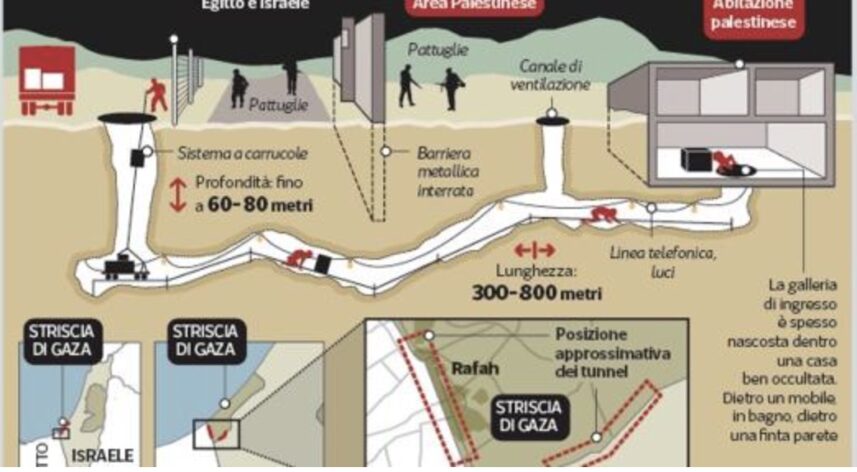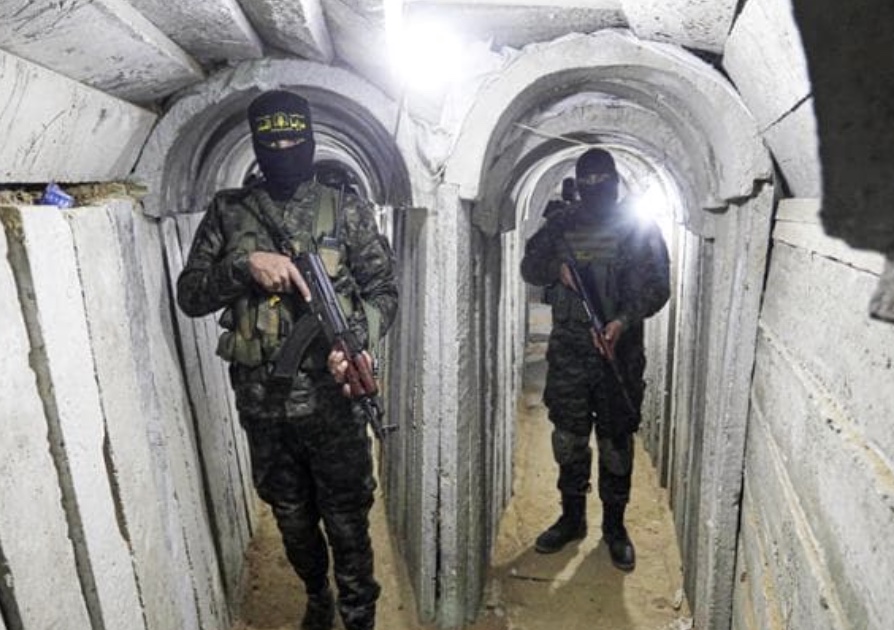(by Giuseppe Paccione) We are still awaiting a possible ground attack by the Israeli Defense Forces (IDF) on the Gaza Strip, but even today the reasons for the delay are not known, so much so as to leave analysts time to speculate on what this invasion will be like and whether it will actually be the modus operandi most effective in destroying the Hamas terrorist group. The capabilities of the IDF, the predispositions of Hamas and the unique geography of the Gaza Strip are considered factors that determine whether a ground invasion is the most functional solution to the problem.
It is well known to most of the world's public opinion that Israel has one of the most powerful and advanced armies on the entire planet and is particularly powerful compared to the size of the country. In fact, in the current escalation Israeli-Palestinian government, led by Prime Minister B. Netanyahu, had to recall approx three hundred thousand reservists, considering the fact that Israeli forces are already prepared for a possible major operation.

Looking beyond this substantial number of uniformed individuals, with a rate of superiority over Hamas combat actors, the IDF has deployed tanks, including the Merkava Mk 4, considered one of the best tracked vehicles in the world; while the Israeli Air Force is using the F-15, F-16 and F-35I, an authorized variant of the advanced one Lightning II. Furthermore, like any army of the contemporary era capable of engaging in combined arms operations, the IDF employs several models of artillery.
This all adds up to what should be a very good advantage over Hamas militants in Gaza, but that advantage will be significantly diluted, if not entirely eliminated in an all-out invasion.
Unlike a conventional battle in which the IDF would face a military force with forward and line air bases, it will fight with Hamas, a well-organized terrorist organization in a flexible manner. It is well known that this terrorist group does not have heavy war equipment such as tanks and artillery. This terrorist non-state actor possesses only small arms and improvised rockets, often made from water pipes and improvised infrastructure.
It has not gone unnoticed by Israel's secret services that Hamas terrorist fighters are strongly rooted and present throughout the Gaza Strip, with an extensive network of galleries or tunnels and hidden locations. It is interesting to note both the geography and terrain of the Gaza Strip itself, which is densely urbanized, given the small and flat nature of the territory which compounds the difficulty of invasion.
An additional factor in a complicated land invasion into the Gaza Strip is the hostage problem, of which only two women were handed over by Hamas men to the International Red Cross, a fairly large number of whom are hidden in underground tunnels, hostages who were kidnapped during the October 7 attack, (in primis) some children carried away in your arms.
Given these factors, initiating a ground attack will pose a high risk of being costly, destructive and deadly to the Palestinians and Israelis. A war that takes place in an urban environment against an entrenched enemy is considered one of the most arduous battles; this can be taught by the US military during the Battle of Fallujah, an Iraqi city where clashes took place, was the bloodiest clash of the Anglo-American invasion of Iraq.
Now, a full-scale invasion could be the only way to ensure the total destruction of the structure of the terrorist organization and non-state actor Hamas in Gaza. Attacks by military aircraft flying the Israeli flag could reduce staging points and push this group of terrorists to retreat, but do not forget that with their vast tunnel network underground the militants are well insulated from a pure military air campaign. In addition, these attacks often cause collateral damage, which could diminish international support for the Israeli operation.
Unfortunately, this crisis will not end in a short period of time, although the Israeli state will be forced to face truly difficult days and weeks with the aim of pacifying the Gaza Strip and eradicating the Islamic resistance movement, considered a non-state subject but with the aim of spreading fear. Finally, the other group should not be underestimated Hezbollah, a Lebanese Shia Islamic and anti-Zionist paramilitary organization, which has already threatened to take part in the conflict should Israel's operation to invade Gaza begin.
Subscribe to our newsletter!
